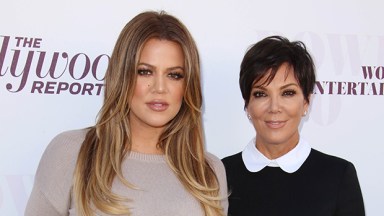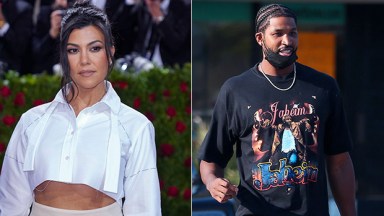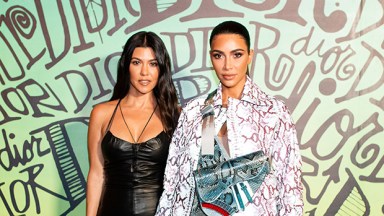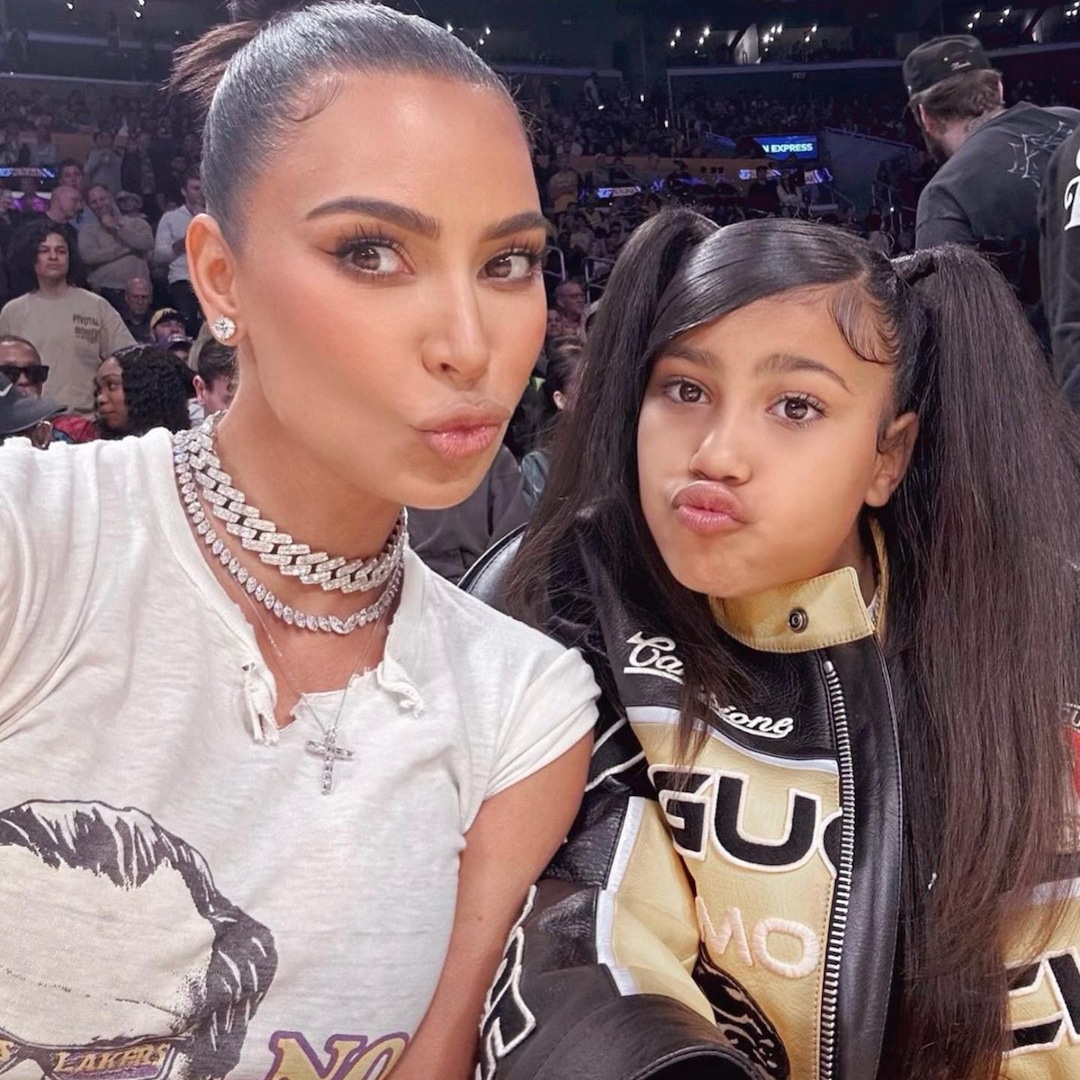Eiichiro Oda, One Piece writer and govt manufacturer on Netflix’s after adaptation, says that he modified his thoughts about whether or not his long-running manga may get a live-action adaption then each era advances and optic Shaolin Football.
In an extraordinary interview with The New York Times, the Jap artist in the back of the best-selling manga in historical past discusses how Stephen Chow’s 2001 Hong Kong sports activities comedy impressed the live-action hurry and the way he ensured his after sequence — which follows a wave of live-action manga adaptation misses — can be sufficient to lovers.
“When I first started, I didn’t think there was any point in drawing a manga that could be remade in live-action,” Oda stated. “But when I saw the movie [Chow’s] , it felt like a manga-esque world brought to life.”
It was once at that time, he says, that he modified his thoughts — with a slight assistance from technological advances. “I realized times had changed, and there was technology available that could make a live-action One Piece happen. So I shifted to finding the right partner to bring the manga to life.”
One Piece follows Monkey D. Luffy, a young person whose frame possesses the houses of rubber then he eats a Satan Fruit. With the assistance of the Straw Hat Pirates, he searches the sector for a capitaltreasury referred to as the “One Piece,” to turn into the after Pirate King.
It debuted within the Weekly Shōnen Leap anthology copy in 1997 earlier than getting its long-running anime TV adaptation in 1999. The tale has additionally been tailored into video video games and for the obese display, together with essentially the most recent One Piece Film: Red. However Netflix’s dwell motion interpretation is the primary of its sort then makes an attempt like Ghost within the Shell, Cowboy Bebop and Demise Word had been met with lower than welcome reception.
For Oda, the “history of failure” raised questions for him, and in consequence, he acted as a “guard dog” over the trait because the streamer and its showrunners Matt Owens and Steven Maeda introduced it to display.
“Various manga had been made into live action, but there was a history of failure; no one in Japan could name a successful example. Would fans of “One Piece” — and audience who don’t know the manga — settle for it?” he instructed the Occasions. “Thankfully, Netflix agreed that they wouldn’t go out with the show until I agreed it was satisfactory. I read the scripts, gave notes and acted as a guard dog to ensure the material was being adapted in the correct way.”
In an earlier note to fans, Oda expressed that he made “no compromises” at the display, which was once seven years within the making. And month he’s positive some lovers can be vocal about adjustments made amid the display’s efforts to offer “things in a way that can only be done in live action,” he screams the display’s staff “pros” and One Piece “superfans.”
“Even after the shoot was over, there were numerous scenes the production agreed to re-shoot because I felt they weren’t good enough to put out into the world,” he wrote. “On the other hand, there were lines that I thought didn’t feel like Luffy on paper… but when I saw the filmed scenes, I went, ‘It works when it’s Iñaki [Godoy] performing it as Luffy.’”
“There were so many things that had to be done to keep things from looking too unnatural in live-action,” he added.
Opinions don’t seem to be but out at the Netflix sequence, however Oda’s solution to One Piece‘s live-action is by his accounts careful, particularly in terms of how it brings what fans love about the characters to screen. It’s one thing he says is vital to any a success live-action manga adaptation.
“A live-action adaptation of a manga doesn’t simply re-enact the source material on a one-to-one basis: It involves really thinking about what fans love about the characters, the dynamics among them — and being faithful to those elements,” he instructed the NYT. “A good live-action show doesn’t have to change the story too much. The most important thing is whether the actors can reproduce the characters in a way that will satisfy the people who read the manga. I think we did it well, so I hope audiences will accept it.”







